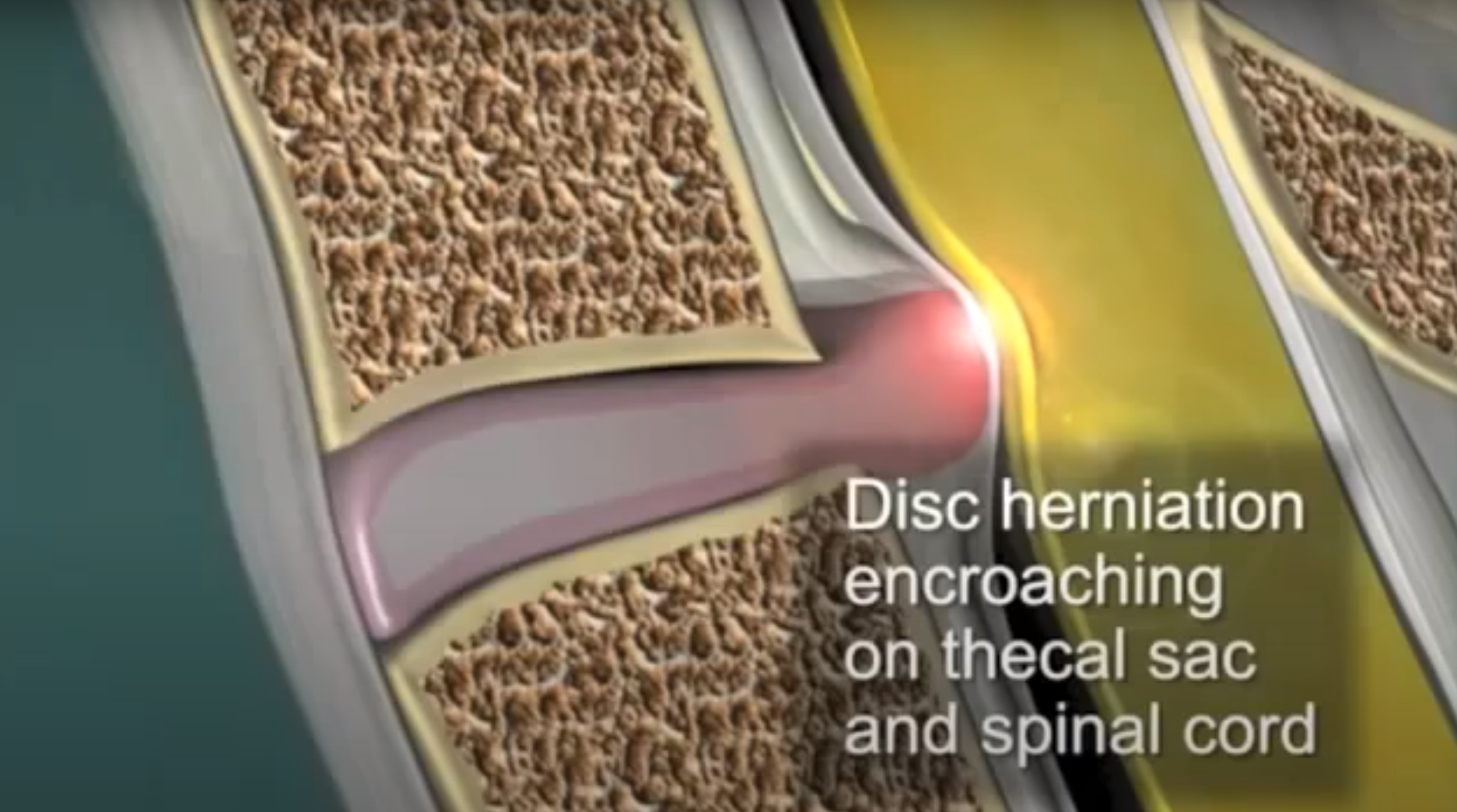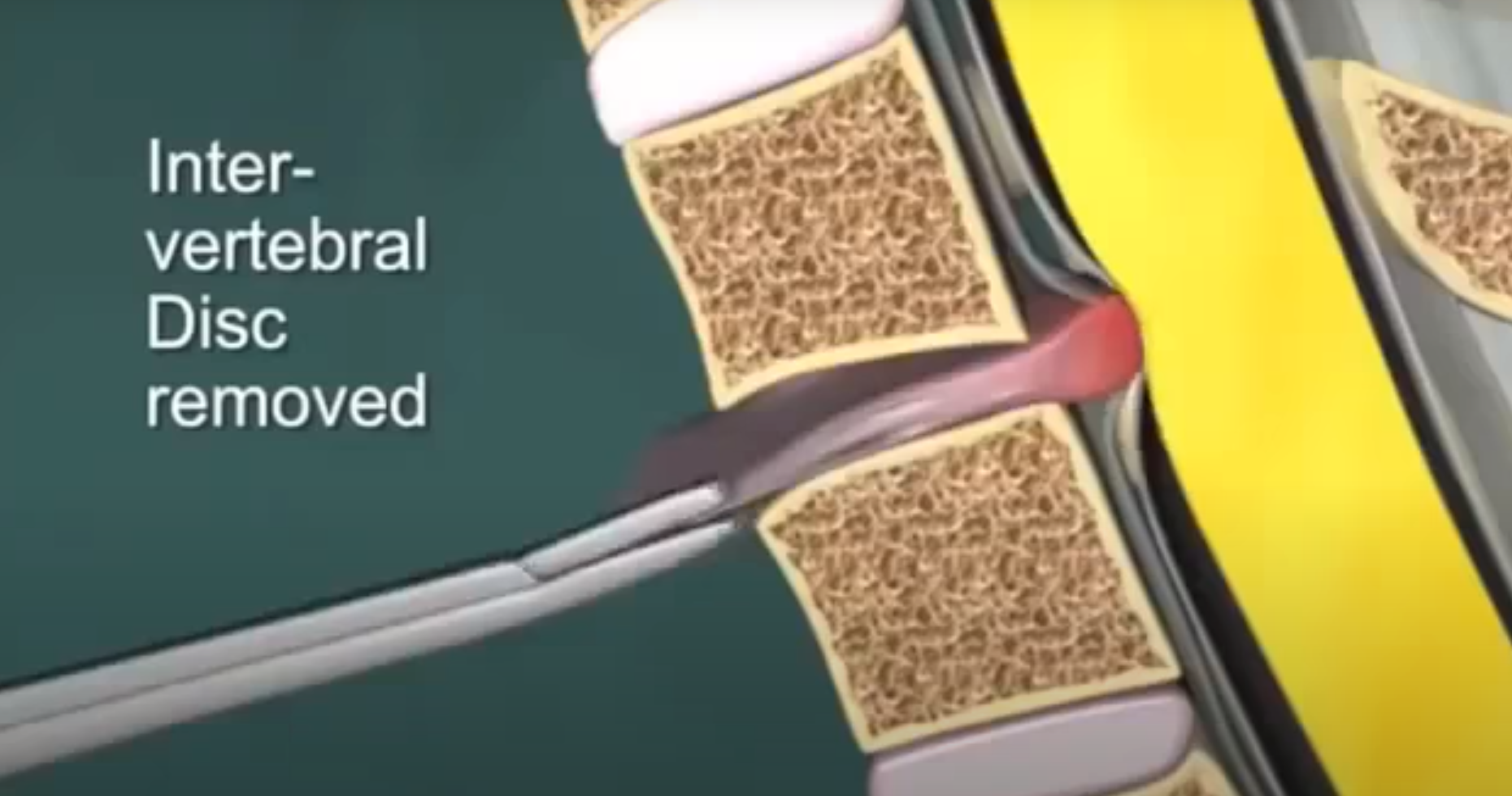Discectomy
A Comprehensive Guide by the Brain and Spine Neurosurgical Institute
Introduction to Discectomy Surgery
If you're grappling with unrelenting leg pain due to a herniated disc, relief might be closer than you think. Our guide offers valuable insights into discectomy, a specialized surgical procedure devised to alleviate pain arising from nerve root or spinal cord compression. This comprehensive resource will walk you through the procedure, delve into the spine's anatomy, outline the surgery steps, and provide guidance for post-operative care. Our mission is to empower you with the knowledge you need to make informed decisions about your treatment.
Understanding Herniated Discs and Their Impact
The agony caused by a herniated disc – manifesting as leg pain, numbness, and weakness – is often due to nerve compression. Our dedicated surgeons perform a discectomy, a focused surgical approach targeting the troublesome segment of the herniated disc responsible for your discomfort. By addressing the precise issue, discectomies offer a tailored solution for leg pain without the need for an extended hospital stay.
Anatomy of Spine and Nerve Compression
Patients with cervical or lumbar discectomy often present with pain radiating down from their neck or back out into their arms or legs. This pain is often due to the compression of a nerve; often, we can identify the source of the pain by looking at an MRI.
Anatomy of the Spine
Let us review what we see in an MRI. The spine is made up of a group of vertebrae, or small bones, stacked one on top of the other. These vertebrae are separated by cartilage, a spongy material that provides cushioning between the bones.
In the picture above, the vertebrae are brown and the cartilage is white. The vertebrae surround and protect the spinal cord which is seen in yellow. The spinal cord is made up of a collection of nerves and is surrounded by a protective fluid.
Nerve Compression By a Herniated Disc
In this picture, we see the rapid progression of a herniated disc. The discs of cartilage between the vertebrae are constantly supporting our entire body weight. Over time, this pressure can result in one of these discs being forced out of place and into the spinal canal. As it continues to bulge, the disc may press against a spinal nerve. This compression often results in leg or arm pain.
In this MRI, we can see that the patient has a relatively significant disk herniation that is pressing against the spinal column.
Discectomy Procedure
Our surgeons perform a discectomy with the patient lying on his or her stomach. A vertical incision is made at the site of the spinal cord impingement. If the herniated disc is located between the cervical vertebrae, the incision is made around the upper spine, slightly below the neck. If the herniated disc is amidst the lumbar vertebra, the incision is made in the middle of the spine. At the site of the incision, retractors are placed to hold the surrounding muscles aside and gain access to the spinal cord. Next, we address the specific location of the disc herniation.
Here, we see a side view of the displaced disc pushing into the spinal canal. We skillfully remove the portion of the herniated disc that has obstructed the spinal cord. This process is known as a discectomy. The incision is then closed and the procedure is complete.
Post-Surgery
Procedure lasts between one and two hours
Generally completed as an outpatient procedure and patients will return home the same day
Scarring is minimal as the incision is only between one and two inches wide
Most patients can expect to be walking shortly after the surgery
Wound Care
Following your surgery, watch our video on correct wound care.
Physical Therapy
For individuals who've undergone lumbar or cervical discectomy, we offer specialized physical therapy options. These therapies complement the recovery process and promote optimal healing.






